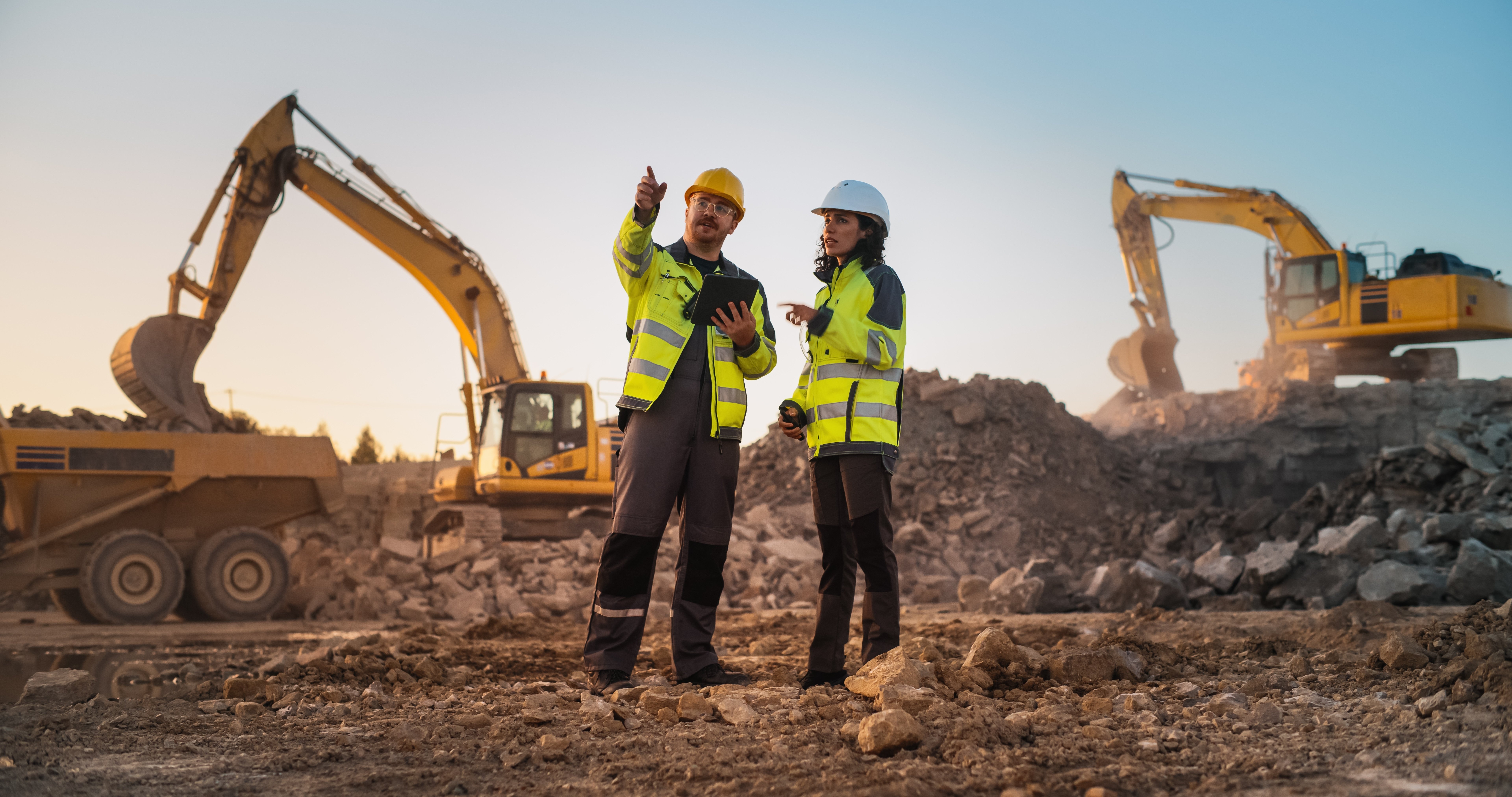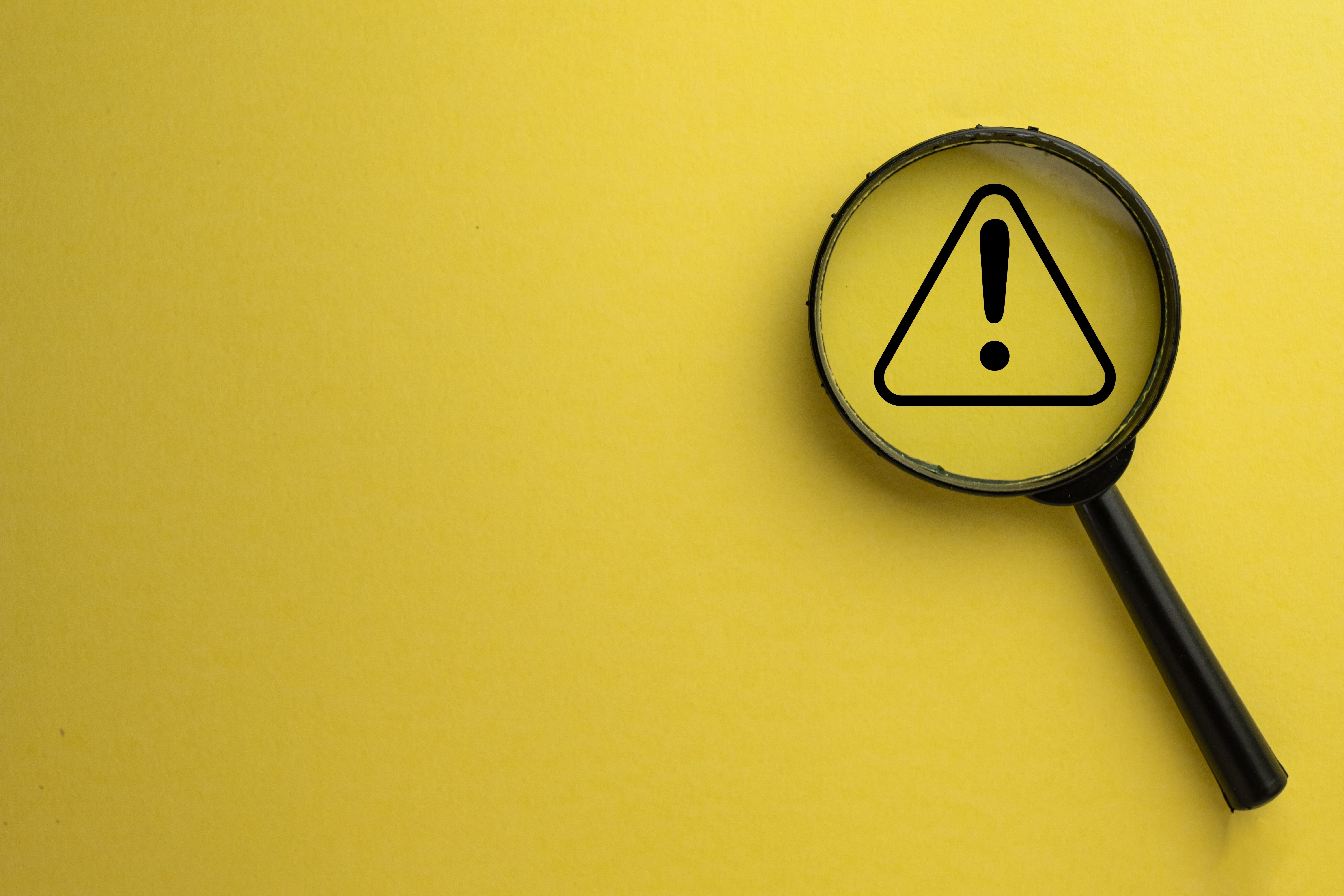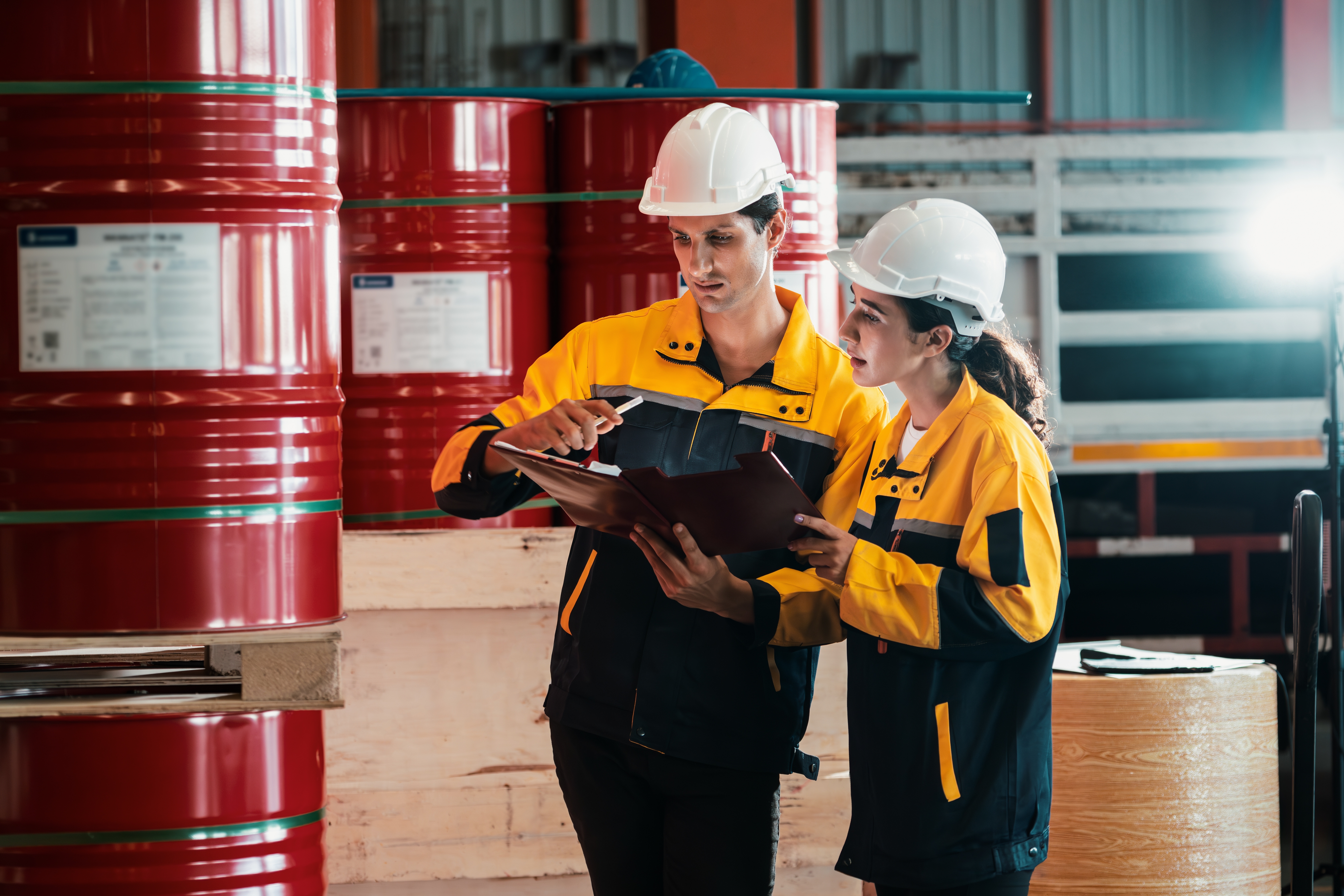Contents
What Is a Job Hazard Analysis?
12 January 2023
Workplace hazards rarely go unnoticed in high-risk industries. You can be sure that your team is acutely aware of the hazards if you work in oil, forestry or commercial aviation. But if you work in an industry commonly thought of as low risk like retail, hospitality or education, you may be unaware of many potential hazards, increasing the likelihood to experience workplace injuries, illnesses or even deaths.
In low-risk industries, hazards can exist anywhere – from a wet floor in the warehouse to exposed wiring in an office. Environmental changes, like extreme weather, heat or cold can also create hazardous workplaces. These often-overlooked hazards make it a priority for your company – even if your industry is thought of as low risk – to conduct regular Job Hazard Analyses.
What is a Job Hazard Analysis (JHA)?
A Job Hazard Analysis (JHA), many times also referred to as a Job Safety Analysis (JSA), is a process that involves breaking a job down into its component steps, identifying the hazards associated with each step, and determining controls to put in place for each of those hazards. In a JHA, the individual performing the analysis closely observes an employee as they perform a certain task. They then create a comprehensive picture of the task by focusing on the relationships between individual components, such as the employee, the tools and equipment, and the workplace environment. The individual performing the analysis evaluates their observations and identifies the hazards involved in the task. This process enables the company to develop solutions to reduce or eliminate the hazards addressed in the JHA.
Why should you conduct a Job Hazard Analysis?
Even if your company doesn’t mandate the JHA, conducting regular analyses will help your team answer the following questions:
-
What can go wrong? In other words, what kind of accident, illness or injury might result from the hazard?
-
How might that accident, illness or injury happen?
-
How likely is it to happen?
-
What might the severity of the accident, illness or injury be?
-
What might the consequences of the accident, illness or injury be?
-
What can be done to eliminate the hazard or reduce it to an acceptable level?
Think of the JHA as a multipurpose health and safety tool. Beyond helping to identify risks, the JHA can be used to create and implement safer work procedures in a variety of ways. Some companies use it to investigate incidents and accidents or to develop procedures for training purposes. You can also use it to establish best practices, develop PPE hazard assessments and implement hazard controls.
In some cases, the JHA can even be used to provide support for developing job qualifications, such as worker placement, restricted duty, return to work and even offer insight into a new job or job changes. The JHA leads to safer and more efficient work methods, a reduction in workers’ compensation costs, and increased worker productivity as a result of fewer injuries, illnesses and absences.
Job Hazard Analysis vs. Job Safety Analysis
Why do the terms “Job Hazard Analysis” and “Job Safety Analysis” sound so similar? Because they’re essentially the same process. Both aim to identify and eliminate workplace hazards. Most experts even use these two terms interchangeably because both processes require the same components:
1. Observing employees performing tasks
2. Identifying the hazards of those tasks
3. Developing controls that minimize hazards
In some cases, a JHA may be thought of as a broader assessment than a JSA, but the results should be the same.
When should you conduct a Job Hazard Analysis?
A Job Hazard Analysis can be used to analyze the hazards of a variety of jobs in your workplace. But which jobs should you look at?
Here’s a list of jobs that should be prioritized for a JHA:
-
Jobs with the highest injury or illness rates
-
Jobs with the potential to cause severe injuries and/or illness, even if there is no history of previous incidents. If these jobs are difficult to identify, it may help to look at industry-wide records of injury and illness
-
Jobs where a simple error could lead to a severe accident or injury
-
Jobs that are new to your operation or jobs that have changed recently
-
Jobs that are so complex they require written instructions
-
Jobs that have resulted in complaints
Is a Job Hazard Analysis Required by OSHA?
The short answer is no, OSHA doesn’t require companies to perform regular JHAs. But while OSHA, HSE and Safe Work Australia don’t mandate conducting JHAs, they do insist that employers comply with certain regulatory guidelines. These guidelines include an employer’s duties to provide a workplace free of hazards, offer training compliant with OSHA’s standards and keep records of accidents, illnesses and injuries. Failing to document certain hazards in the workplace could result in citations under OSHA’s General Duty Clause.
But while conducting a JHA isn’t required by federal standards, the analysis can be an excellent tool for helping an employer meet these standards. By identifying and documenting workplace hazards, the JHA can improve an employer’s health and safety standards. Implementing solutions that minimize the hazards analyzed in the JHA ensure that the company performs well in any inspections that may occur.
To learn more about JHAs, check out this eBook: Job Hazard Analysis (JHA): What You Need To Know

RELATED BLOGS

What is a Permit to Work System? A Complete Guide
11 December 2024 - Team Evotix
Working in high-risk industries like construction, manufacturing or electrical maintenance? Then you know how crucial permit to work (PTW) systems are for safety. Known as “work authorization..

OSHA's 2024 Hazard Communication Standard: What You Need To Know
5 June 2024 - Langdon Dement
Once again, the United States is in the wake of a major change - a change that has been anticipated for three years and is bound to create a stir for organizations. A change that is believed to..

What Is a Process Hazard Analysis?
22 May 2024 - Team Evotix
In high-risk industries, such as chemical and manufacturing, stringent regulations are in place to prevent catastrophic incidents like explosions, fires, leaks and spills. These regulations fall..
